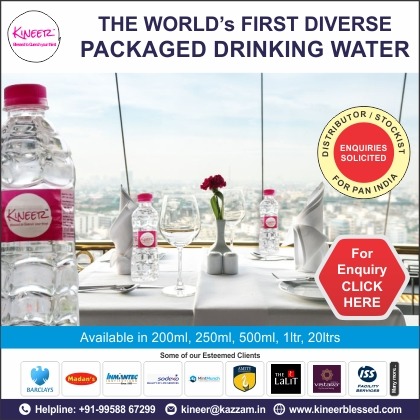How to Build a Seamless Omnichannel Experience for Guests
A well-executed strategy ensures that every touchpoint feels interconnected, effortless, and personalized—transforming one-time visitors into returning guests.
In the hospitality industry, guest expectations are evolving
rapidly. Modern travelers seek convenience, personalization, and consistency
across multiple touchpoints—both online and offline. Creating a seamless
omnichannel experience ensures that guests enjoy a unified journey from their
first interaction with a brand to their stay and beyond.
The foundation of an effective omnichannel experience is integrating all customer interaction points, including websites, mobile apps, social media, in-person services, and post-stay engagement. Whether a guest is booking a room via a website, checking in through a mobile app, or requesting services from a smart room assistant, the experience should be smooth and interconnected.
A user-friendly website and mobile app are crucial components of an omnichannel strategy. They should allow guests to browse services, make reservations, and manage bookings with ease. Mobile check-in and keyless entry systems further enhance convenience, reducing wait times at the front desk and providing a frictionless arrival experience.
Personalization plays a significant role in making an omnichannel experience truly seamless. Hotels can leverage data from past stays, preferences, and real-time interactions to customize recommendations and services. For example, a returning guest who prefers a specific room type or dietary preference should have these details automatically incorporated into their booking.
Social media and messaging platforms are powerful tools for engaging guests before, during, and after their stay. Integrating WhatsApp, Facebook Messenger, or AI-powered chatbots into customer service channels allows guests to make inquiries, request assistance, or modify bookings in real-time. The transition between automated responses and human assistance should be smooth and efficient.
Consistency in communication is another critical element. Whether a guest is interacting via email, a hotel’s website, or an in-person concierge, the messaging and brand tone should remain uniform. Clear, professional, and friendly interactions help reinforce brand reliability and guest confidence.
Omnichannel payment solutions also contribute to a hassle-free guest experience. Offering multiple secure payment methods—such as mobile wallets, contactless payments, and pre-authorized transactions—ensures convenience and reduces friction during check-ins and check-outs.
A well-integrated feedback loop helps hotels enhance guest satisfaction. Encouraging post-stay reviews through email, SMS, or app notifications provides valuable insights while maintaining engagement. Responding promptly to feedback across all platforms—TripAdvisor, Google Reviews, or direct surveys—demonstrates attentiveness and a commitment to continuous improvement.
Technology-driven solutions like customer relationship management (CRM) systems and property management systems (PMS) streamline operations and ensure that guest preferences are easily accessible across all service points. Employees should be trained to leverage these systems effectively, ensuring seamless communication between departments.
By bridging the gap between digital and physical interactions, hotels can create a truly seamless omnichannel experience that enhances guest satisfaction and loyalty. A well-executed strategy ensures that every touchpoint feels interconnected, effortless, and personalized—transforming one-time visitors into returning guests.
.png)




























